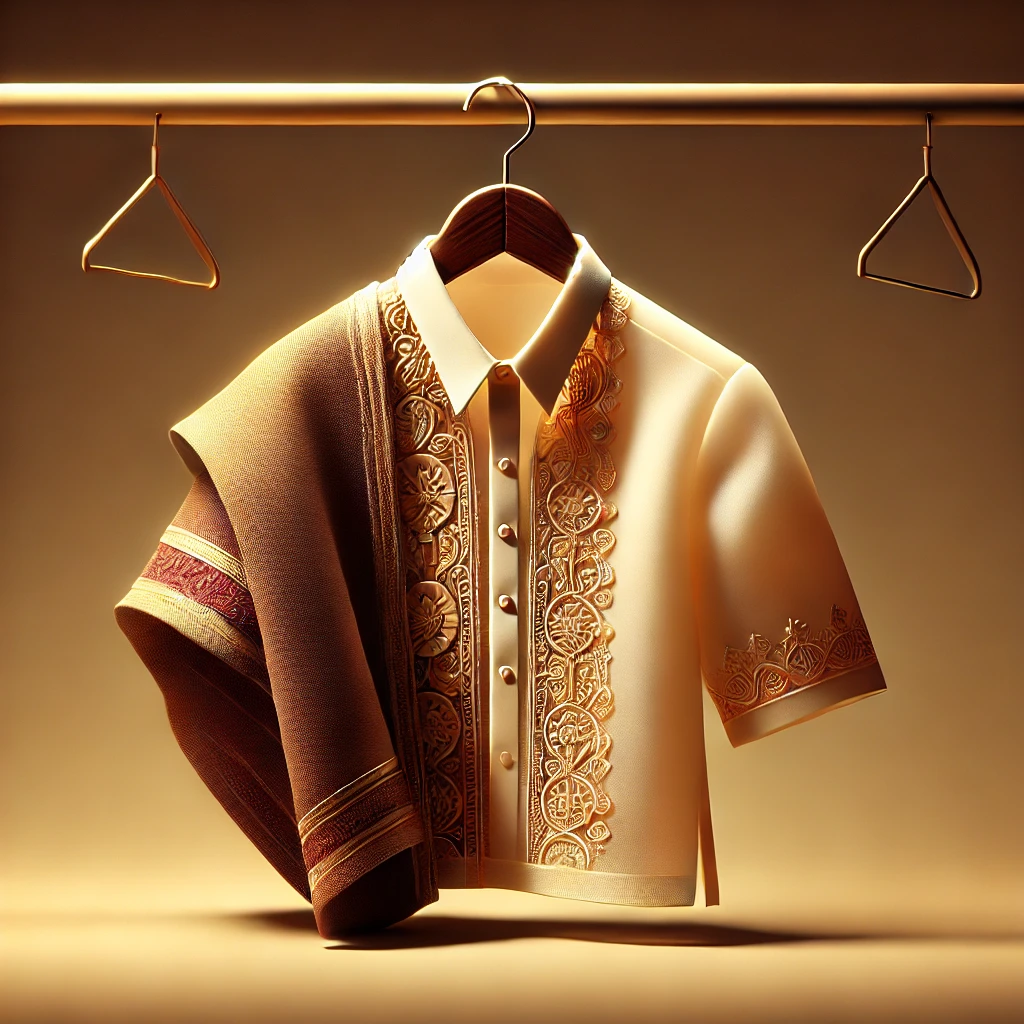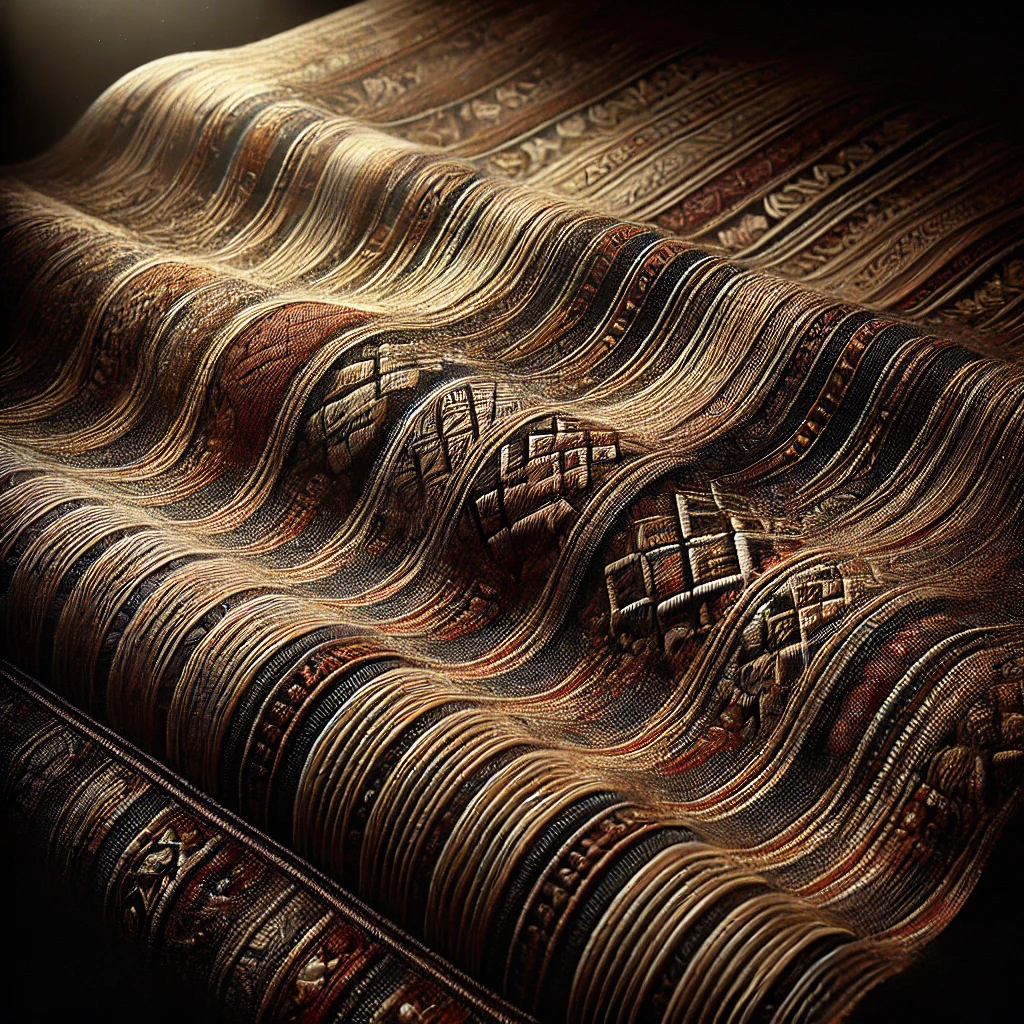As the haunting melody of bamboo flutes fills the air and the gentle tinkling of anklets echoes through the night, a group of dancers begins to move. Their bare feet press against the earth, connecting them to the very soil that has nurtured their ancestors for generations. With each graceful step, each fluid gesture, they tell a story – not just of themselves, but of an entire nation. This is the world of Philippine folk dances, a living, breathing testament to the rich tapestry of Filipino culture.
In the Philippines, dance is more than mere entertainment; it is a vital thread in the fabric of our society, weaving together history, tradition, and identity. From the lush rice terraces of the Cordilleras to the sun-drenched beaches of Mindanao, every region boasts its own unique dances, each one a window into the soul of its people. These dances are not static relics of the past, but dynamic expressions of culture that continue to evolve and resonate with Filipinos today.
As we embark on this journey through the world of Philippine folk dances, we will explore their origins, their significance, and the stories they tell. We will delve into the intricate steps and movements that make each dance unique, and uncover the cultural context that gives them meaning. Join me as we celebrate the grace, beauty, and profound cultural importance of these dances that have captivated audiences for generations.
The Origins and Evolution of Philippine Folk Dances
Roots in Pre-Colonial Times
Long before the arrival of Spanish colonizers, the indigenous peoples of the Philippines already had a rich tradition of dance. These early dances were intimately tied to religious and spiritual practices, often performed as part of rituals to honor deities, celebrate harvests, or mark important life events. The movements and rhythms of these dances were as diverse as the archipelago itself, reflecting the unique customs and beliefs of each tribal group.
In the mountains of Luzon, for example, the Igorot people performed intricate war dances to prepare for battle or celebrate victories. Meanwhile, in the southern islands of Mindanao, the T’boli people used dance as a form of storytelling, passing down myths and legends through graceful movements and symbolic gestures. These early dances laid the foundation for the rich tradition of Philippine folk dance that we know today.
Influence of Colonial Era
The arrival of Spanish colonizers in the 16th century brought significant changes to Philippine culture, including its dance traditions. The Spanish introduced new musical instruments, dance forms, and religious practices that gradually blended with indigenous traditions. This fusion gave birth to many of the folk dances we now consider quintessentially Filipino.
One notable example is the Pandanggo sa Ilaw, a dance that originated from the Spanish fandango but took on distinctly Filipino characteristics. In this dance, performers balance oil lamps on their heads and hands while executing intricate footwork, symbolizing the resilience and adaptability of Filipino culture in the face of colonial influence.
Post-Colonial Preservation and Revival
After gaining independence in the 20th century, there was a renewed interest in preserving and promoting traditional Filipino art forms, including folk dances. Pioneering figures like Francisca Reyes Aquino, often called the “Mother of Philippine Folk Dance,” played a crucial role in documenting and codifying various regional dances. Her work laid the groundwork for the systematic study and preservation of these cultural treasures.
Today, Philippine folk dances continue to evolve, with contemporary choreographers and performers finding new ways to interpret and present these traditional forms. From school programs to international cultural exchanges, these dances serve as ambassadors of Filipino culture, showcasing the country’s rich heritage to audiences around the world.
The Cultural Significance of Philippine Folk Dances
Preserving History and Tradition
Philippine folk dances are more than just a form of entertainment; they are living archives of our nation’s history and traditions. Each dance tells a story, preserving ancient myths, historical events, and cultural practices that might otherwise be lost to time. When we perform these dances, we are not just moving our bodies – we are keeping our ancestors’ stories alive, ensuring that future generations will understand and appreciate their cultural heritage.
For instance, the Maglalatik dance from Laguna province reenacts the historical conflict between Moros (Muslims) and Christians over coconut meat. Through stylized movements depicting combat using coconut shells as props, the dance preserves the memory of this cultural clash while also celebrating the resourcefulness and creativity of Filipino farmers.
Reflecting Social Values and Norms
Many Philippine folk dances offer insights into the social structures, values, and norms of different Filipino communities. The way dancers interact, the roles assigned to men and women, and even the costumes worn all provide clues about the social fabric of the culture from which the dance originates.
Take, for example, the Singkil dance from the Maranao people of Mindanao. This regal dance, which depicts a princess navigating through clashing bamboo poles, reflects the grace and poise expected of Maranao nobility. The intricate footwork and the dancers’ ability to move gracefully through danger symbolize the challenges faced by leaders and the qualities needed to overcome them.
Fostering Community and Identity
Folk dances play a crucial role in fostering a sense of community and shared identity among Filipinos. Whether performed at local fiestas, national celebrations, or cultural events abroad, these dances bring people together, reinforcing bonds of shared heritage and cultural pride.
For Filipinos living overseas, folk dances often serve as a powerful connection to their roots. Participating in or watching these dances can evoke a profound sense of nostalgia and belonging, helping to maintain cultural ties even across vast distances.
Promoting Cultural Understanding
In an increasingly globalized world, Philippine folk dances serve as cultural ambassadors, introducing the richness and diversity of Filipino culture to international audiences. Through these dances, we can share our stories, values, and traditions with the world, fostering greater cross-cultural understanding and appreciation.
A Journey Through Notable Philippine Folk Dances
Tinikling: The Bamboo Dance
Perhaps the most internationally recognized of all Philippine folk dances, the Tinikling is a dance that never fails to captivate audiences with its intricate footwork and rhythmic precision. Originating from the Visayan islands, particularly Leyte, this dance mimics the movements of the tikling bird as it deftly hops between bamboo traps set by rice farmers.
The dance is performed with two long bamboo poles, which are clapped together in a steady rhythm. Dancers must nimbly step in and out of the moving poles, their feet moving in perfect synchronization with the music. The complexity of the dance increases as the tempo quickens, challenging the agility and timing of the performers.
Beyond its visual appeal, the Tinikling embodies the resilience and adaptability of the Filipino spirit. Just as the tikling bird evades capture, so too have Filipinos historically demonstrated their ability to overcome challenges and thrive in the face of adversity.
Pandanggo sa Ilaw: Dance of Lights
The Pandanggo sa Ilaw, or “dance with lights,” is a mesmerizing display of grace and balance. Dancers perform intricate steps while balancing oil lamps (traditionally made from coconut shells) on their heads and backs of their hands. The dance is believed to have originated in Oriental Mindoro, where it was performed by fisherfolk to celebrate bountiful catches.
The dance’s movements are fluid and graceful, with dancers executing turns, sways, and dips while keeping the lamps steady. The flickering lights create a magical atmosphere, symbolizing hope and guidance – much like the lighthouse beacons that guide fishermen safely home.
The Pandanggo sa Ilaw beautifully illustrates the Filipino value of balance – not just physical balance, but also the balance between tradition and progress, between individual skill and community cooperation. It reminds us that even as we move forward, we must always keep the light of our heritage burning bright.
Singkil: The Princess Dance
Hailing from the Maranao people of Mindanao, the Singkil is a dance of royalty, grace, and danger. It tells the story of a princess escaping an earthquake, symbolized by the clashing of bamboo poles. Dancers must navigate through the poles with precise timing and elegant movements, all while wielding fans and scarves.
The dance is typically performed by a princess character, accompanied by attendants who hold large, colorful umbrellas over her. Male dancers, representing the princess’s protectors, perform warrior-like movements around the bamboo poles.
The Singkil is more than just a captivating performance; it’s a reflection of Maranao culture and values. The princess’s graceful movements amid danger represent poise under pressure – a quality highly valued in Maranao society. The umbrella bearers symbolize the support system surrounding leaders, while the warrior dancers represent the community’s protective role.
The Elements of Philippine Folk Dances
Music and Rhythm
The heartbeat of any folk dance is its music. Philippine folk dances are accompanied by a wide array of traditional instruments, each contributing to the unique character of the dance. Common instruments include:
- Kulintang: A set of small gongs used in Muslim Mindanao music
- Gangsa: Flat gongs used in the music of the Cordillera region
- Kudyapi: A boat-lute instrument found in various parts of Mindanao
- Rondalla: An ensemble of stringed instruments introduced during the Spanish colonial period
The rhythm of the music is crucial, often dictating the tempo and character of the dance. Some dances, like the Tinikling, have a distinctive percussive rhythm that dancers must follow precisely. Others, like the graceful Pandanggo sa Ilaw, have a more flowing, melodic accompaniment.
Costumes and Props
The visual appeal of Philippine folk dances is greatly enhanced by the colorful and intricate costumes worn by the performers. These costumes not only add to the aesthetic beauty of the dance but also provide important cultural and historical context.
For women, the traditional costume often includes:
- The balintawak: A dress with butterfly sleeves and a wide skirt
- The Maria Clara: A more formal ensemble consisting of a blouse, long skirt, and a shawl
Men typically wear:
- The barong Tagalog: A lightweight, embroidered shirt
- Trousers or the traditional bahag loincloth, depending on the dance
Props play a significant role in many dances, often symbolizing aspects of daily life or cultural significance. Some common props include:
- Bamboo poles (Tinikling)
- Oil lamps (Pandanggo sa Ilaw)
- Coconut shells (Maglalatik)
- Fans and umbrellas (Singkil)
Steps and Movements
The heart of any dance lies in its steps and movements. Philippine folk dances feature a wide range of movement styles, from the quick, intricate footwork of the Tinikling to the graceful, flowing gestures of court dances like the Rigodon de Honor.
Some common elements found in many Philippine folk dances include:
| Movement | Description | Cultural Significance |
|---|---|---|
| Sway | Gentle side-to-side movement of the upper body | Represents the swaying of palm trees or rice stalks in the wind |
| Heel-toe step | Alternating between stepping on the heel and toe | Mimics the careful steps of farmers in muddy rice fields |
| Arm waves | Flowing arm movements | Often symbolizes water or wind |
| Turns | Slow or quick rotations | Can represent courtship or celebration |
| Hopping | Quick, light jumps | Often seen in dances that mimic animals or playful movements |
These movements are combined in various ways to create the unique character of each dance, often telling a story or representing aspects of daily life in different Philippine communities.
The Role of Philippine Folk Dances in Modern Society
Education and Cultural Preservation
In today’s rapidly globalizing world, Philippine folk dances play a crucial role in educating younger generations about their cultural heritage. Many schools in the Philippines include folk dance instruction as part of their curriculum, ensuring that these traditional art forms are passed down to future generations.
Beyond formal education, cultural organizations and dance troupes work tirelessly to preserve and promote these dances. They conduct workshops, stage performances, and participate in cultural exchanges, keeping the tradition alive and relevant in the modern world.
Tourism and Cultural Diplomacy
Philippine folk dances have become an important component of the country’s tourism industry. Visitors to the Philippines often have the opportunity to watch folk dance performances, providing them with a vibrant and engaging introduction to Filipino culture.
Moreover, these dances serve as a form of cultural diplomacy. Filipino dance troupes frequently perform at international events, showcasing the beauty and diversity of Philippine culture to global audiences. This not only promotes tourism but also fosters greater cross-cultural understanding and appreciation.
Contemporary Interpretations and Fusion
While preserving traditional forms is important, many contemporary artists are finding new ways to interpret and present Philippine folk dances. Some choreographers are creating fusion pieces that blend traditional movements with modern dance styles, making these cultural treasures more accessible to younger audiences.
These contemporary interpretations demonstrate the enduring relevance and adaptability of Philippine folk dances. They show that these dances are not static relics of the past, but living, breathing art forms that continue to evolve and resonate with new generations.
Conclusion: The Enduring Legacy of Philippine Folk Dances
As we’ve journeyed through the world of Philippine folk dances, we’ve seen how these graceful movements carry within them the stories, values, and spirit of the Filipino people. From the rhythmic clapping of bamboo poles in the Tinikling to the regal sweeps of the Singkil, each dance is a thread in the rich tapestry of Philippine culture.
These dances are more than mere performances; they are living links to our past, vibrant expressions of our present, and precious gifts to our future. They remind us of who we are and where we come from, even as they evolve to reflect the changing face of Filipino society.
As we move forward in an increasingly interconnected world, let us continue to cherish and celebrate these beautiful cultural treasures. Let us ensure that the graceful steps of our ancestors continue to echo through time, telling our stories, preserving our heritage, and inspiring future generations to keep the dance alive.
For in every step of these dances, there is a story; in every rhythm, the heartbeat of our culture. As long as these dances continue to be performed and cherished, the soul of the Philippines will continue to thrive, moving gracefully to the eternal rhythm of our shared heritage.
Disclaimer: While every effort has been made to ensure the accuracy of the information presented in this article, dance traditions can vary significantly across different regions and communities in the Philippines. If you notice any inaccuracies or have additional insights to share, please don’t hesitate to reach out. Your feedback helps us maintain the authenticity and comprehensiveness of our cultural knowledge.




